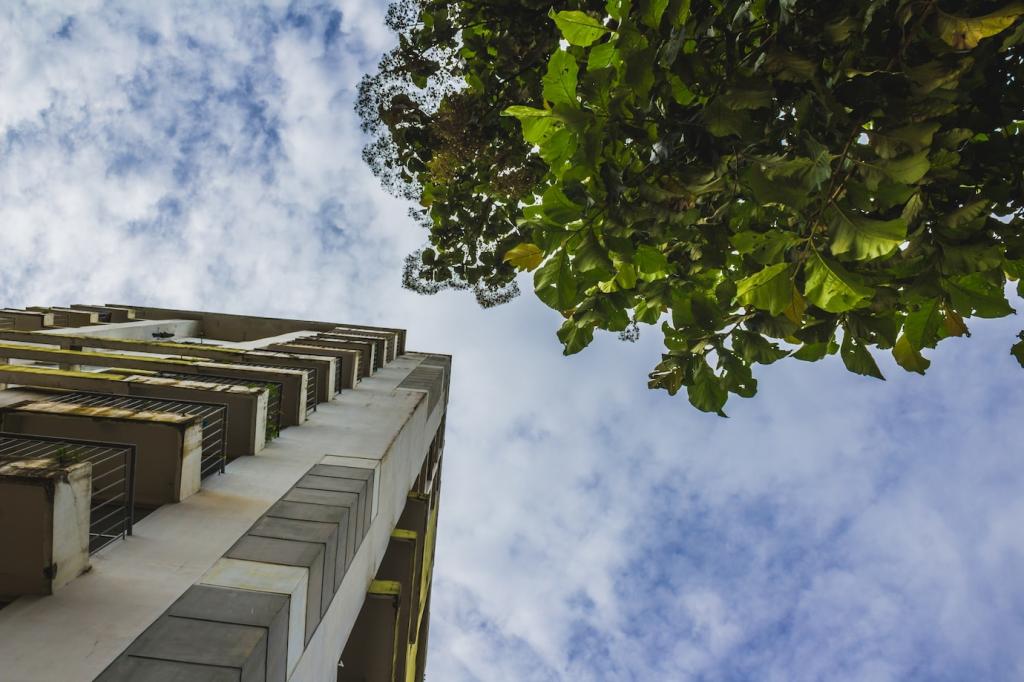
Emerging Green Technologies in Urban Planning
The transformation of urban landscapes is being dramatically accelerated by emerging green technologies that promote sustainability, resilience, and liveability. Urban planners are increasingly turning to innovative solutions to address environmental challenges, reduce carbon footprints, and improve the quality of life for city dwellers. These cutting-edge technologies are shaping the cities of tomorrow, making them more efficient, greener, and better equipped to confront the demands of a rapidly urbanizing world. From smart infrastructure to renewable energy integration, this new wave of green urban planning harnesses advanced tools to create adaptable, people-centric urban environments.
Previous
Next
Smart Infrastructure Solutions
The development of intelligent transportation systems marks a turning point in urban mobility. By leveraging real-time data collection, adaptive signal controls, and predictive analytics, cities can drastically reduce congestion and lower emissions. These advanced networks facilitate dynamic routing for public transit, cycling, and pedestrian pathways, prioritizing environmentally friendly modes of movement. Integration with electric vehicle infrastructure ensures seamless transitions between different forms of transportation, promoting a culture of sustainability while delivering a smoother, more reliable commuting experience for inhabitants.

Previous slide
Next slide
Nature-Based Urban Designs
Urban Green Roofs and Living Walls
Green roofs and living walls represent an innovative strategy for increasing biodiversity and mitigating urban environmental harms. By introducing layers of soil and vegetation onto building surfaces, these systems provide natural insulation, absorb stormwater, and filter pollutants from the air. The cooling effect of widespread green roofs reduces the urban heat island effect, leading to energy savings and improved comfort for building occupants. Additionally, these verdant structures serve as havens for pollinators and wildlife, supporting local ecosystems amid dense development.
Restoring Urban Waterways
Reviving rivers, streams, and wetlands once buried or channelized in urban cores is at the forefront of sustainable city planning. Restored waterways not only improve water quality and reduce flood risks but also create public spaces that promote recreation and social cohesion. Integrating naturalized water features into cityscapes enhances biodiversity, supports local climate adaptation strategies, and encourages residents to connect with their environment. These projects exemplify how ecological restoration can become a catalyst for holistic urban regeneration and community pride.
Urban Forests and Native Landscaping
Urban forestry initiatives and native landscaping projects contribute significantly to climate adaptation and ecological balance in cities. By planting diverse, locally adapted tree species and establishing native perennial gardens, urban planners improve air quality, sequester carbon, and increase shade for cooling. These green corridors and patches support a rich array of wildlife and strengthen community resilience against extreme weather. Thoughtful selection and maintenance of plant species ensure that these contributions to urban greening are sustainable and adaptable to future environmental changes.
Join our mailing list
